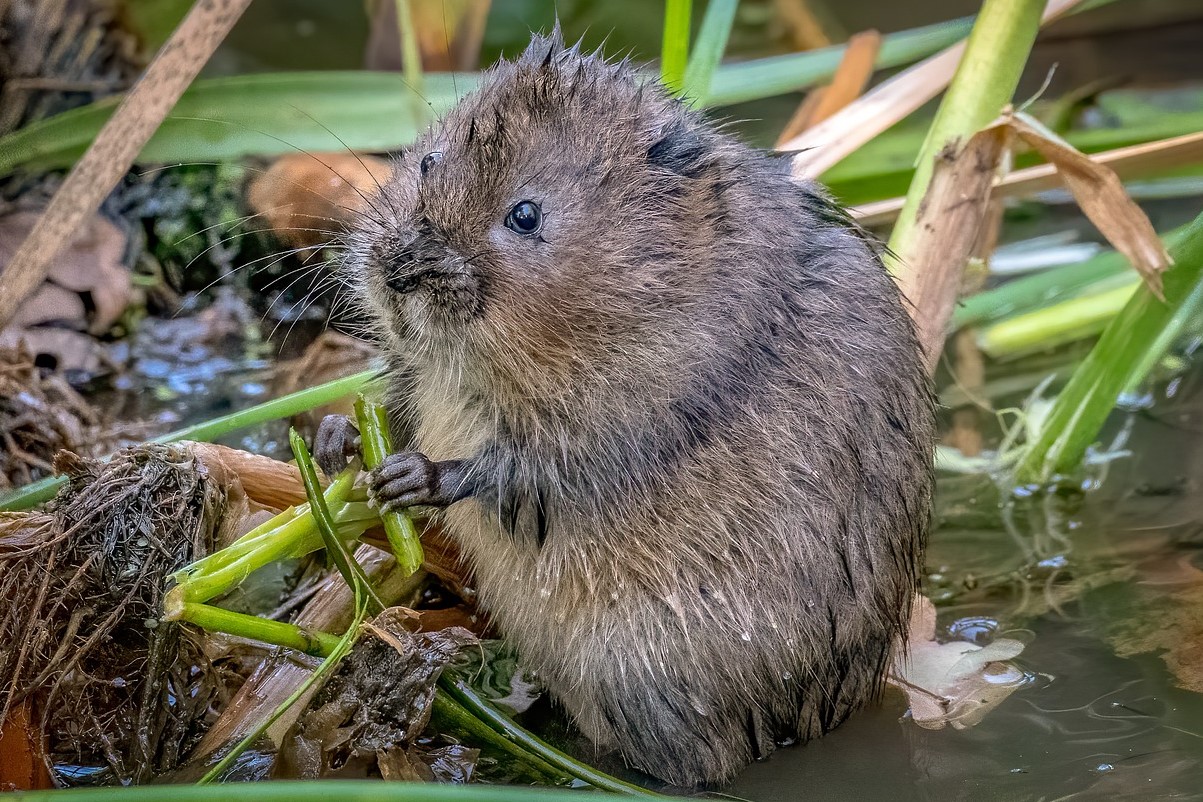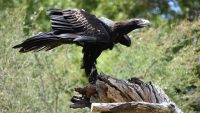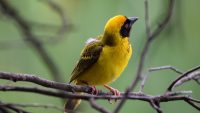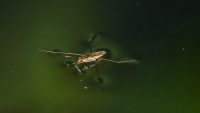Water voles, also known as water rats or simply voles, are small semi-aquatic rodents native to Europe and parts of Asia. They inhabit a variety of wetland habitats, including rivers, streams, ponds, marshes, and ditches, where they are well adapted for both terrestrial and aquatic life. Water voles play important ecological roles as herbivores, feeding primarily on grasses, sedges, and other aquatic vegetation, and serving as prey for a variety of predators.
One of the distinctive features of water voles is their stout, round bodies, which are covered in dense fur ranging from brown to reddish-brown in color. They have relatively short legs and tails compared to other rodents, which are well suited for navigating their aquatic habitats. Their fur is waterproof, allowing them to stay dry and warm while swimming and diving in water bodies, and their partially webbed hind feet provide propulsion while swimming.
Water voles are skilled burrowers, constructing intricate tunnel systems along the banks of water bodies. These burrows serve as nesting sites, refuges from predators, and storage areas for food. Water voles are primarily active during the day, foraging for vegetation near water sources and storing food in their burrows for later consumption. Despite their elusive nature, water voles are important indicators of wetland health and biodiversity and are subject to conservation efforts in many regions due to habitat loss, pollution, and predation by introduced species such as the American mink.

Do you want to know more about water voles? Here are 10 interesting facts about water voles to know more about them.
- Habitat Preference : Water voles are semi-aquatic rodents that prefer habitats with slow-moving or still water, such as rivers, streams, ponds, marshes, and ditches. They are excellent swimmers and divers, spending much of their time near water sources.
- Herbivorous Diet : Water voles are herbivores, feeding primarily on a diet of grasses, sedges, reeds, and other aquatic vegetation. They may also consume fruits, roots, and seeds when available, but their diet is predominantly plant-based.
- Breeding Behavior : Water voles breed prolifically, with females capable of producing multiple litters of pups each year. Breeding typically occurs from March to October, with females giving birth to litters of up to eight pups in underground burrows lined with vegetation.
- Territorial Behavior : Water voles are territorial animals, with individuals establishing and defending territories along waterways. They use scent marking and vocalizations to communicate with conspecifics and deter intruders from entering their territories.
- Burrowing Adaptations : Water voles are skilled burrowers, constructing elaborate tunnel systems along the banks of water bodies. These burrows provide shelter, nesting sites, and protection from predators, with multiple entrances and chambers for different purposes.
- Conservation Status : Water voles are considered a species of conservation concern in many regions due to habitat loss, pollution, and predation by introduced species. Efforts to conserve water voles include habitat restoration, predator control, and public awareness campaigns.
- Predator-Prey Relationships : Water voles are preyed upon by a variety of predators, including birds of prey such as owls and hawks, carnivorous mammals like foxes and stoats, and aquatic predators such as pike and herons. Their cryptic coloration and secretive behavior help them avoid detection by predators.
- Winter Adaptations : Water voles do not hibernate during the winter months but instead remain active, foraging for food and maintaining their burrows. They may store food in their burrows to sustain them during periods of scarcity.
- Population Declines : Water voles have experienced population declines in many parts of their range due to habitat degradation, pollution, predation by invasive species, and other factors. Conservation efforts aim to mitigate these threats and restore water vole populations to healthy levels.
- Cultural Significance : Water voles have captured the imagination of humans for centuries and have been featured in literature, folklore, and art. They are often depicted as symbols of riverside habitats and are celebrated for their role in shaping wetland ecosystems.
Water voles, with their charming appearance and unique adaptations for both land and water, stand as fascinating inhabitants of wetland ecosystems. As semi-aquatic rodents, they play vital roles in maintaining the health and biodiversity of riparian habitats, serving as herbivorous grazers, burrowing engineers, and prey for numerous predators. Despite facing threats such as habitat loss, pollution, and predation by invasive species, water voles continue to captivate the interest of conservationists, researchers, and nature enthusiasts alike. Through concerted conservation efforts and public awareness, we can strive to protect these endearing creatures and their precious habitats, ensuring that future generations can appreciate the beauty and ecological importance of water voles in our natural world.



